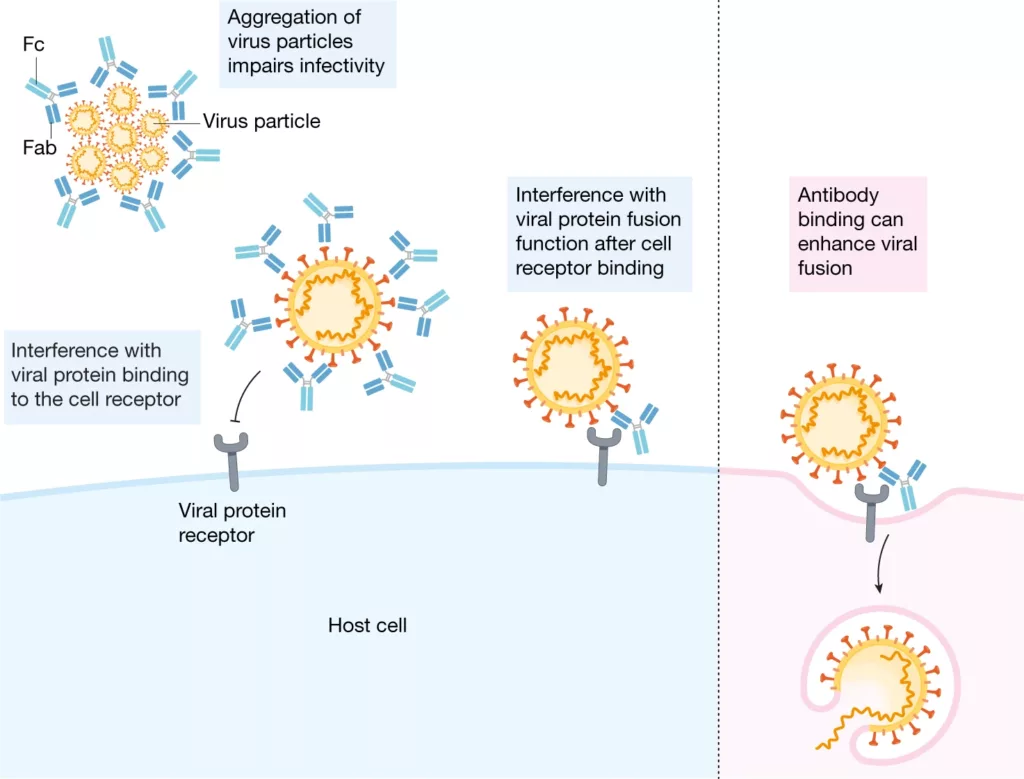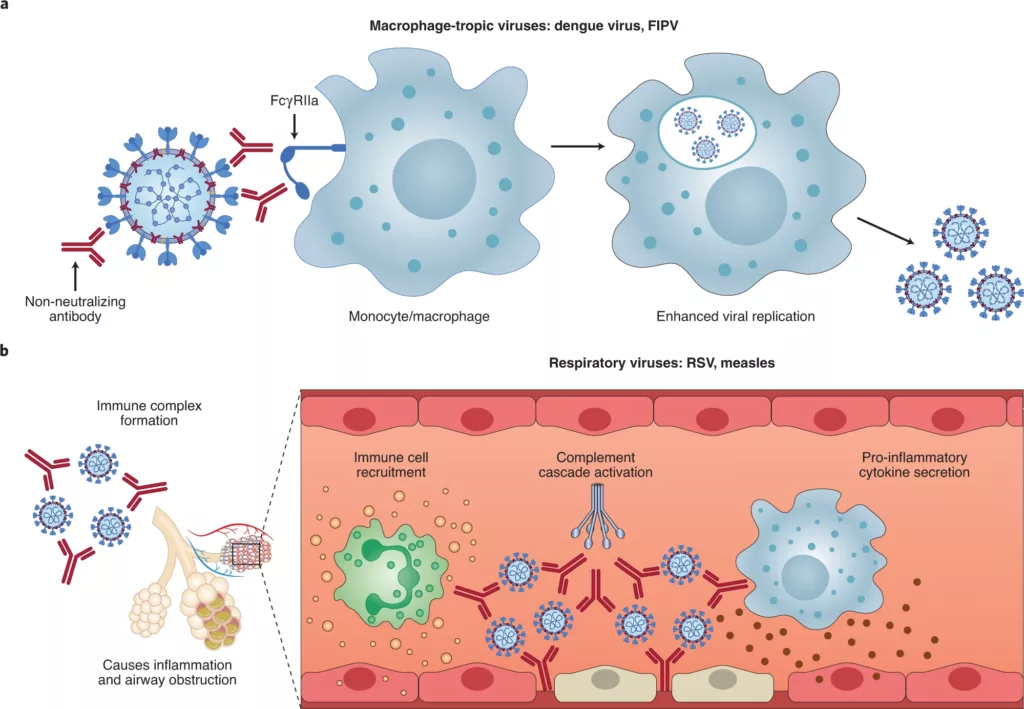You may also like
-
Dr. Michael Yeadon Calls COVID Virus, Vaccine Campaign ‘Supranational Operation’ to ‘Injure, Maim, and Kill People’
-
The COVID vaccines are killing an estimated 1 person per 1,000 doses (676,000 dead Americans)
-
Texas Attorney General Ken Paxton is launching investigations into Pfizer, Moderna, and Johnson & Johnson, sending out civil investigative demands to determine whether they engaged in gain of function research and misled the public about their COVID-19 vaccines’ efficacy.
-
Secret Aus Gov Data confirms the Country suffered a 5162% up in Excess Deaths in 2022 compared to the peak of the COVID in 2020
-
Pfizer is killing Kids for Profit: Europe suffers 760% increase in Excess Kids Deaths since EMA’s Emergency Approval of COVID Vaccine for Kids




